Free CoolSculpting Consultation & 25% off Treatment Plans
Posted March 25, 2024It’s Our Best CoolSculpting® Consultation Event Yet! *Restrictions: Treatment plan must be completed by 6/01/24. Discount applies to one treatment setting. Discount is valid only on Event Day Purchase (4/17/24) Request a CoolSculpting consultation by filling out the information below or call our office to take advantage of our CoolSculpting Consultation Event! 615-329-1110 Request A […]
Non-Invasive Skin Rejuvenation Event!
Posted February 6, 2024Skin tightening and IPL is the ultimate complementary combination of treatments to improve skin discoloration, uneven skin tone, and skin laxity! With this limited-time offer, it’s the perfect time to tighten, brighten, and redefine your skin’s appearance! Reach out to our office today to book a non-invasive skin rejuvenation consultation by February 29th! *Restrictions Apply To […]
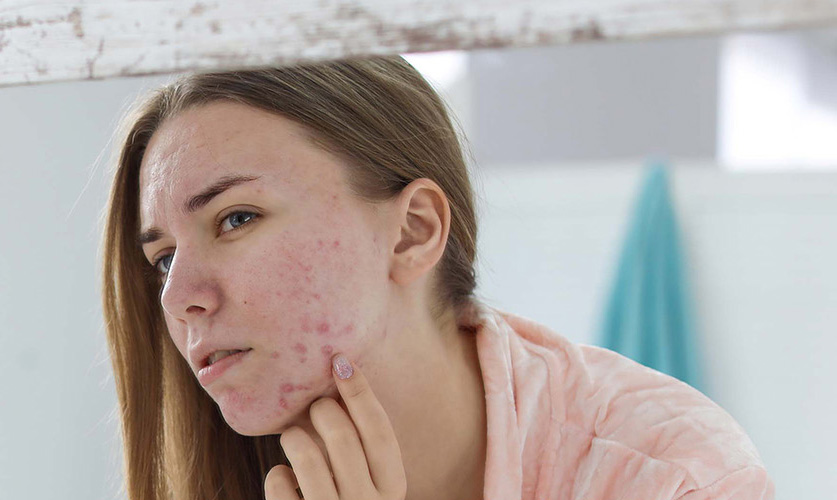
Laser Treatment for Acne Scars – Q&A with Dr. Biesman
Posted January 13, 2022Many of us remember what it was like to battle acne in our teen years or early adulthood. Adding insult to injury, many people who experience acne are left with visible scarring. Dr. Biesman has been treating acne scarring for more than 25 years, often using advanced laser therapies. We asked Dr. Biesman to share […]
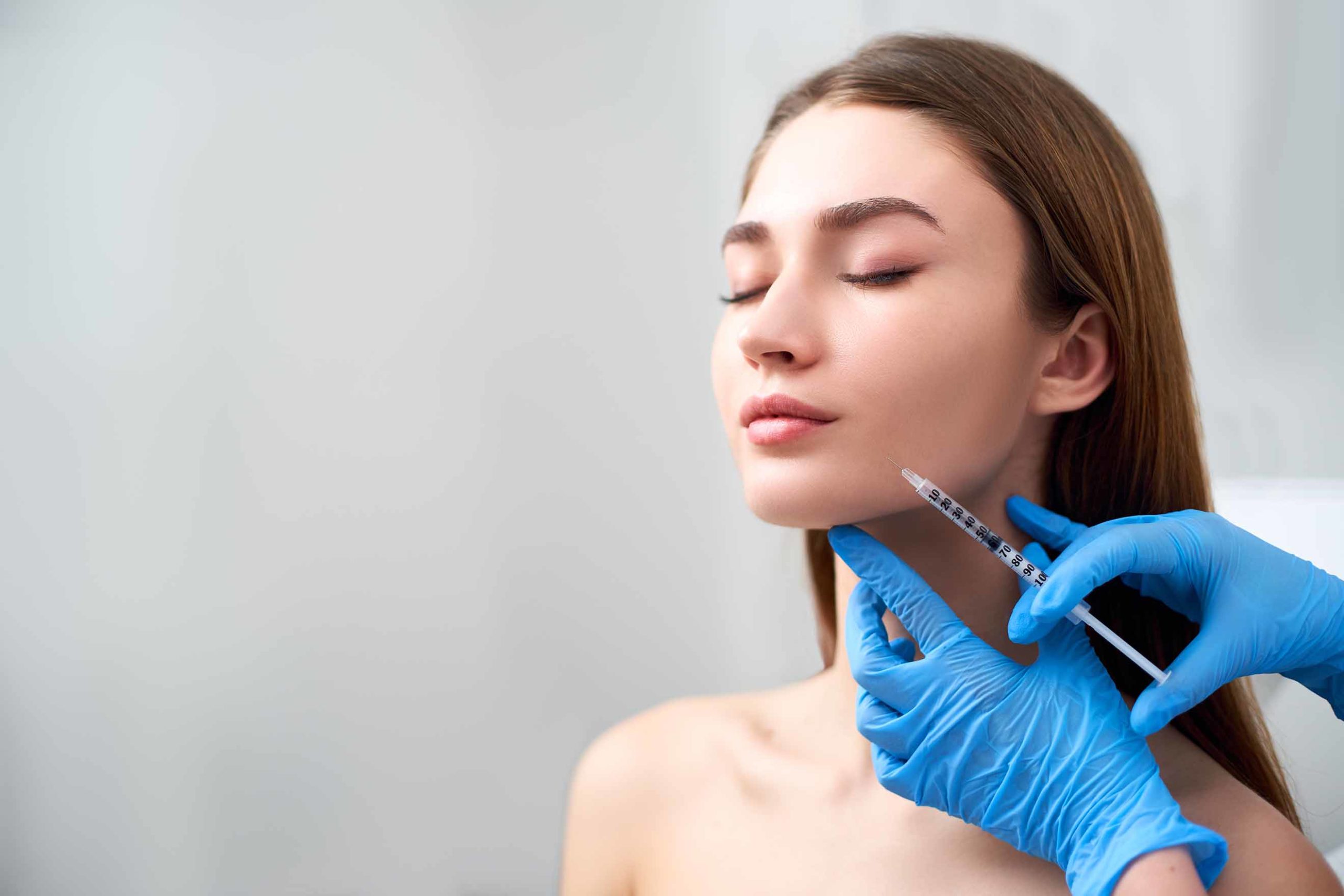
Do Facial Fillers Make You Look Older?
Posted January 13, 2022Facial fillers are often used to restore a natural, youthful appearance to areas that appear older due to wrinkles, fine lines, or loss of volume. Dr. Biesman has decades of experience providing patients with minimally-invasive treatments, including facial fillers, to achieve their desired results. For this article, we asked Dr. Biesman to share some of […]
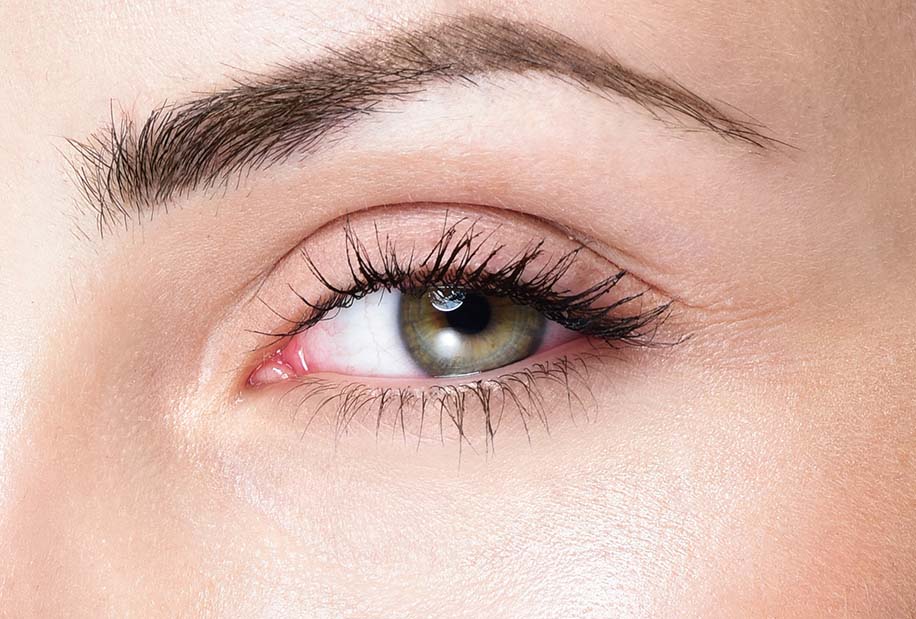
Overview Of Surgical Brow Lift Vs. Botox Eyebrow Lift
Posted January 13, 2022Sagging eyebrows may contribute to the appearance of heavy eyelids, something that many patients do not realize until they examine old photographs of themselves. For those who wish to lift their brows, there are many surgical and non-surgical options available. Dr. Biesman is an expert in providing these brow treatments. We asked him about some […]
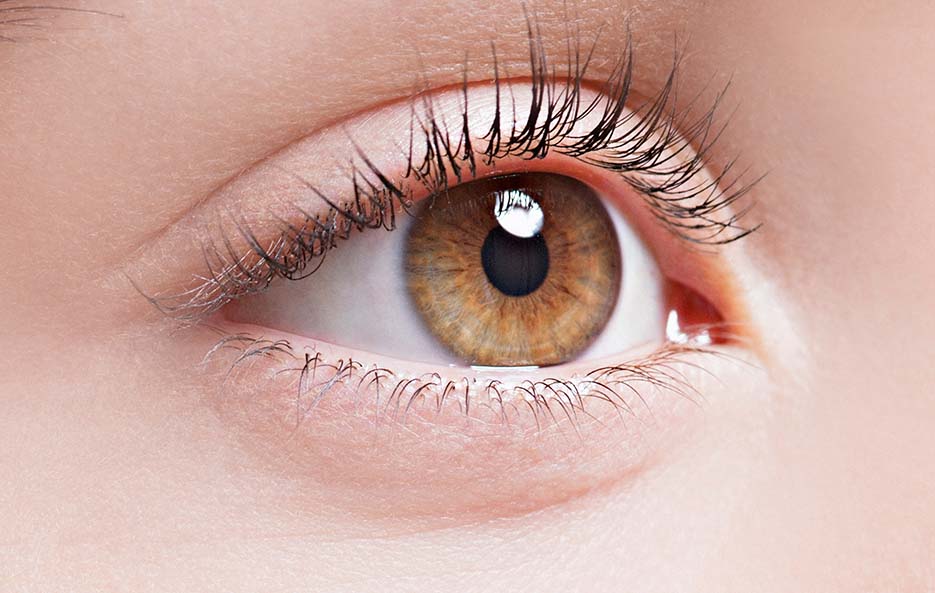
What To Expect During Blepharoplasty Surgery
Posted January 13, 2022When the excess tissue of the eyelids makes the eyes appear aged and tired, a procedure known as blepharoplasty may be an option to make the eyelids appear more youthful and awake. Dr. Biesman is an experienced Oculofacial Plastic Surgeon who has provided countless patients with outstanding blepharoplasty surgery results. We asked him a few […]
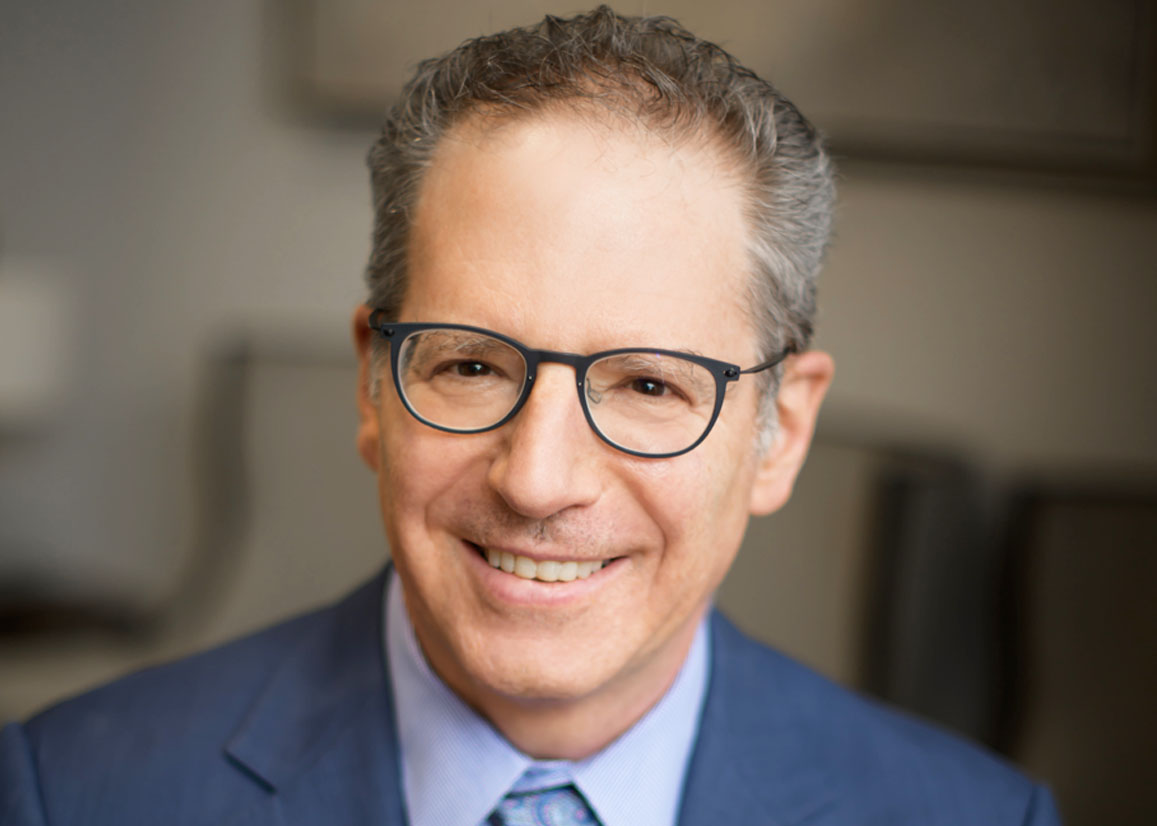
Oculoplastic Surgeon Vs. Plastic Surgeon for Eyelid Surgery
Posted November 11, 2021Reasons Why You Should Choose Oculoplastic Surgeon Vs. Plastic Surgeon for Eyelid Surgery Plastic and reconstructive surgery can have a significant impact not only on your personal appearance, but also your level of self-esteem. Before having surgery, it is crucial to make a careful selection of who you will trust with your face. It is […]
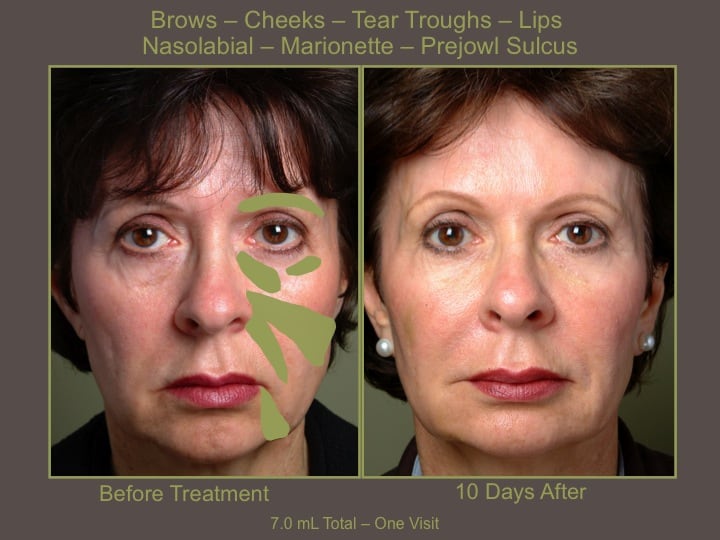
What Is A Liquid Facelift? – Overview by Oculofacial Surgeon
Posted November 11, 2021What is a Liquid Facelift And Is It Right For You? As we get older, we all begin noticing unwanted signs and symptoms of the aging process, including fine lines and wrinkles, lost volume, and more. There are a number of options available for facial rejuvenation, though these different treatments vary both in what they […]
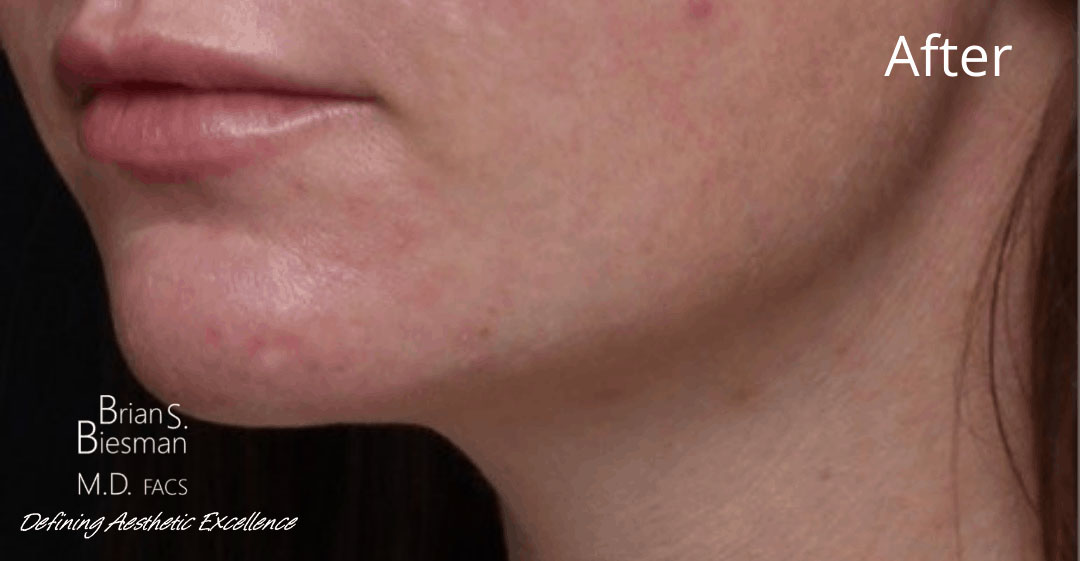
Benefits of Masseter Botox – Jawline Contouring
Posted November 11, 2021All About The Benefits of Masseter Botox Botox is a popular injectable treatment, well-known for its effects relaxing the muscles and smoothing certain types of wrinkles and fine lines. In addition to its applications for facial rejuvenation, Botox can also be injected into the masseter muscles, which is one of the muscles that control the […]
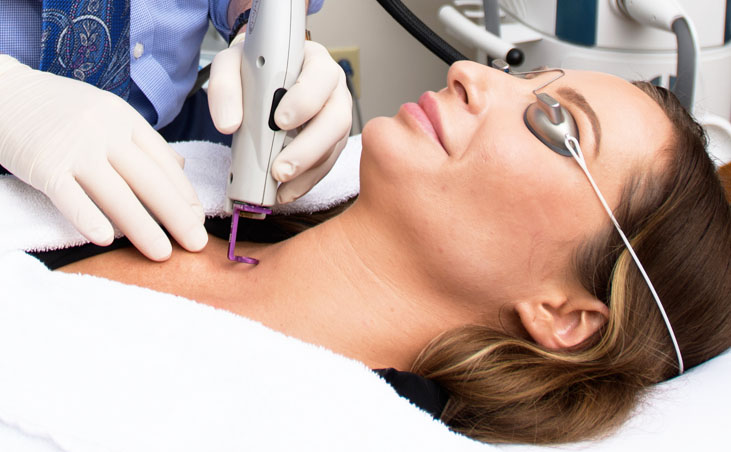
Benefits of Laser Skin Resurfacing and The Types of Lasers
Posted November 11, 2021Many patients come to Dr. Brian Biesman with specific questions about the benefits of laser skin resurfacing, the types of lasers available today, and about its appropriateness for addressing their particular skin concerns. Dr. Biesman has been performing laser skin resurfacing since the early 1990s. And, he has been fortunate to play a significant role […]